French Dress with Virago Sleeves, early XVIIth century
TC-21
Total
€1,200
Les frais d'expédition seront ajoutés au prix final de la commande une fois l'article est ajouté au panier et votre adresse de livraison est renseigné. Les frais d'expédition dépendent de votre région géographique et de l'article commandé.
French Dress with Virago Sleeves, early XVIIth century
Fait sur mesure
Cet article est fait sur mesure, cela veut dire que pour sa fabrication nos artisans utilisent les mesures corporelles de chaque client individuel.
Un tel type de fabrication permet d'assurer un ajustement parfait d'article.
description
French dress with virago sleeves includes:
- Undershirt
- Corset
- Crinoline skirt with hoops
- Fabrick underskirt
- Top skirt
- Jacket
A rather austere style of women's clothing from the late XVIth century began to change towards lightness by the early XVIIth century. Thus the farthingale disappeared and the jacket had lengthening fringes reaching up to the middle of the thighs. The waist point of the rigid front insertion formed a rounded U-shape. The jacket sleeves, which became more airy, were tied at elbow level with a ribbon which tied around the elbow in a decorative bow (known as a virago, and the sleeves are often called virago sleeves), and the open seam of the sleeve exposes the exquisite lining.
And it is the white Flemish lace that sets this era's garments apart from the rest. France continued to set the style worn by the elite in France, England and the Netherlands. Preference was given to soft, shimmering satins, often in lighter tones without much additional embellishment. Lace collars could either be detached from the shoulders with wire supports, or lay flat. Pearls remained extremely popular, both as necklaces and as earrings, dress and hair ornaments.
The undershirt is made of fine white cotton. Its neck and armholes are trimmed with fine lace embroidery. It can also be made of linen according to your wishes and the lace can be added or removed. You can choose to have the lace handmade and hand sewn.
Our set includes a crinoline, however for a re-enactment event we recommend that it is omitted.
The white fabric underskirt is made of cotton, but we can also order linen underskirt. And, of course, in the colour of your choice.
The corset hasn't changed much since the XVIth century, so we've chosen a corset that belonged to Countess Dorothea Sabine von Neuburg of the Bavarian National Museum in Munich. Our version is made of cotton-lined satin with an inner layer of linen for extra rigidity and shape. You can choose any other fabric.
Upper/top skirt is made of luxurious embroidered wine-coloured taffeta. And the front insert (stomacher) is made of patterned brocade. Jacquard, brocade and silk were also popular as a base and additional fabric. And on request we can sew a version made of velvet or wool. You can also add a petticoat on the skirt.
The jacket is also made of patterned taffeta and the sleeves are inset with patterned brocade. The jacket is embellished with wide lace-embroidered white batiste cuffs. The white cuffs are sewn separately and lace up the jacket just as in the XVIIth century. After they are worn, they are stripped, washed and sewn back on. You can also add a wide white collar with lace, if you wish.
Here is a versatile image of a French dress for a wealthy townswoman or noblewoman for the early XVIIth century, graceful, light, fashionable and seductive. You can make your own wishes and adjustments when ordering to get exactly the dress that suits you and you alone.
Si pour une raison quelconque vous n'aimez pas les produits reçus, vous pouvez lez retourner pendant 14 jours. Si l'article reçu présente les défauts ou ne corresponde pas à vos paramètres nous allons fabriquer un nouvel article et nous vous l'enverrons à nos frais. Si le service postal a perdu votre colis, nous allons le chercher. Si le colis ne peut pas être trouvé, nous allons produire un nouvel article à nos frais.
Nous expédions les commandes par le Service Postal National qui achemine votre commande à votre bureau de poste local. Après l’expédition nous vous transmettons le numéro de suivi de votre colis. Veuillez nous contacter si vous avez besoin de livraison express (DHL, TNT, etc.).
Chaque produit est fait à la main et sa production nécessite un certain temps. Temps estimé :
- Gambison et armure matelassée - 8-9 semaines
- Costumes et autres vêtements - 4-6 semaines
- Brigandines – 3-4 mois;
- Accessoires en cuir - 2-4 semaines
- Armures en métal - 2-5 mois

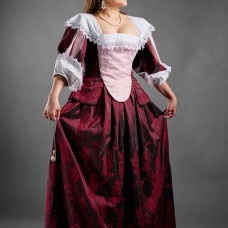
-0-4-0-1-4-100x118.jpg)
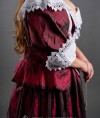
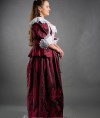
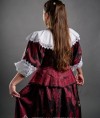
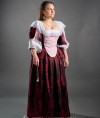
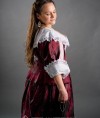
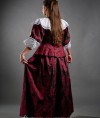
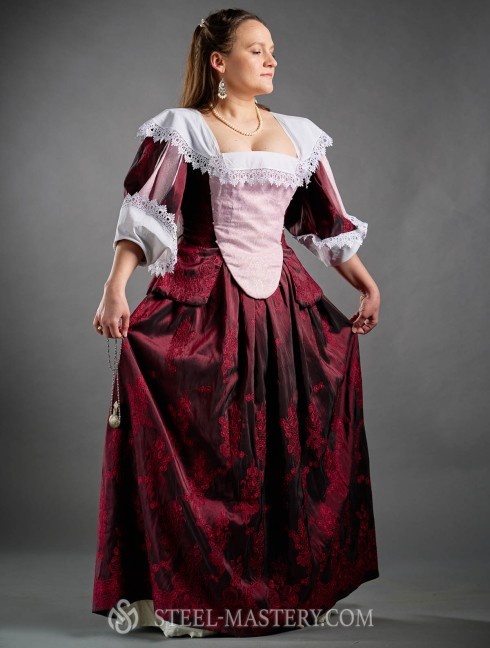
-0-4-0-1-4-490x648.jpg)
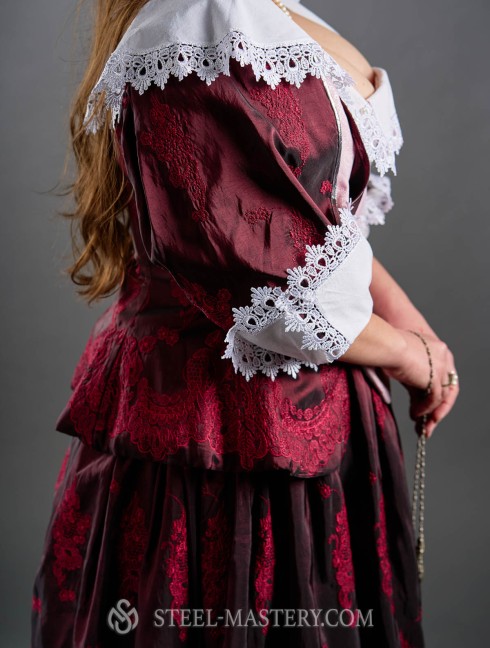
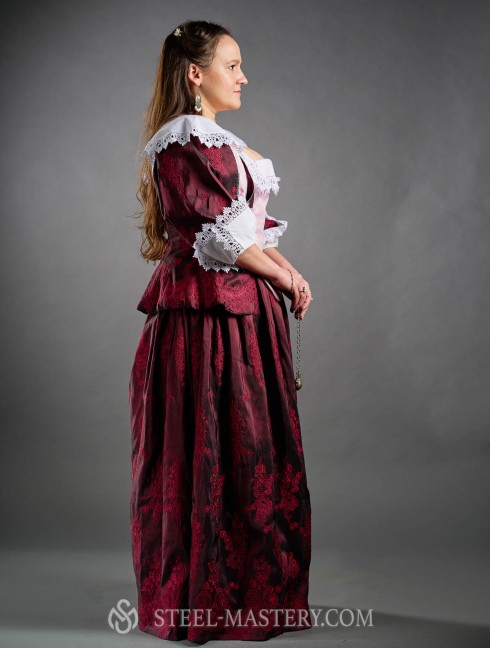
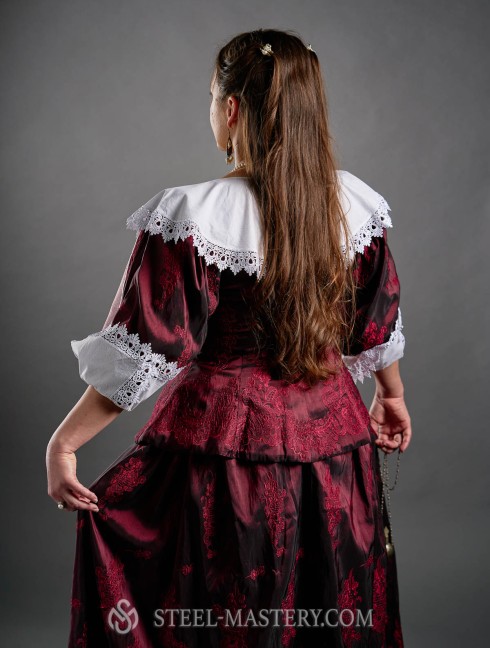
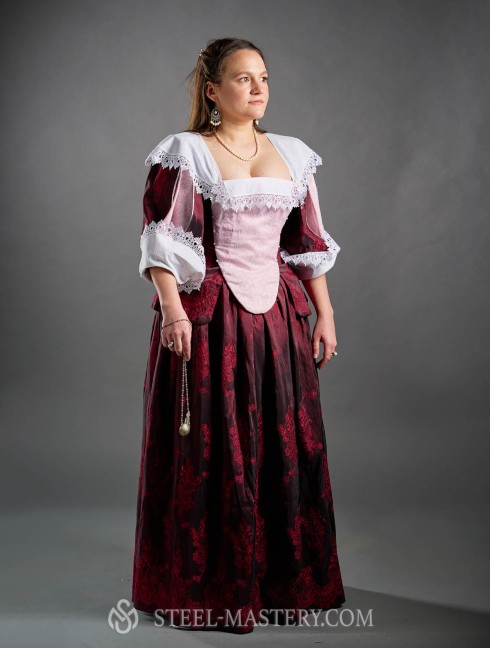
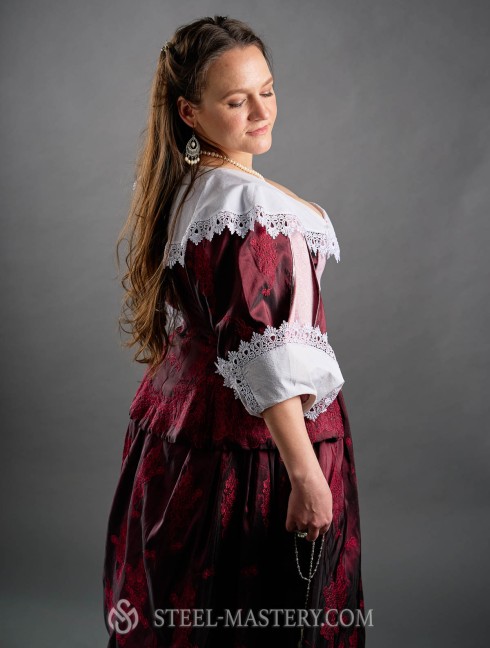
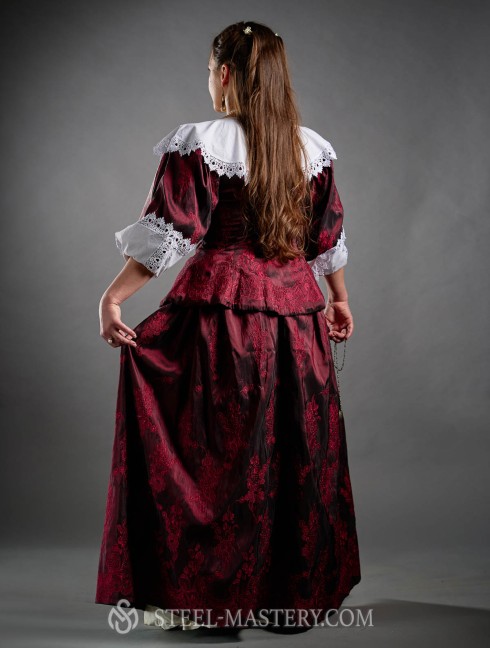



-0-4-0-1-4-300x400.jpg?v=1719305340)